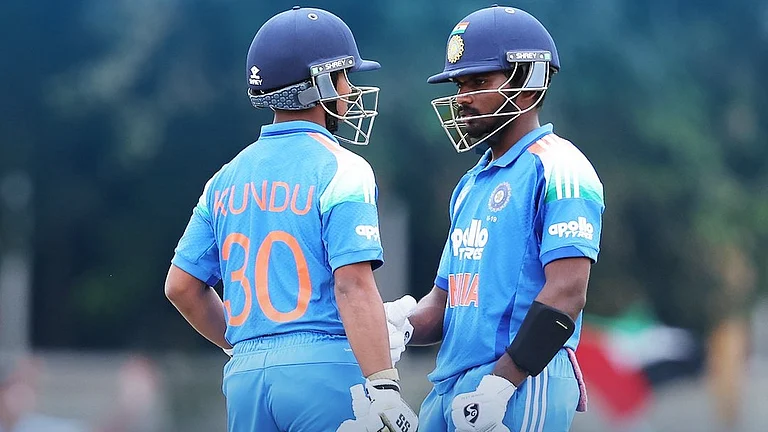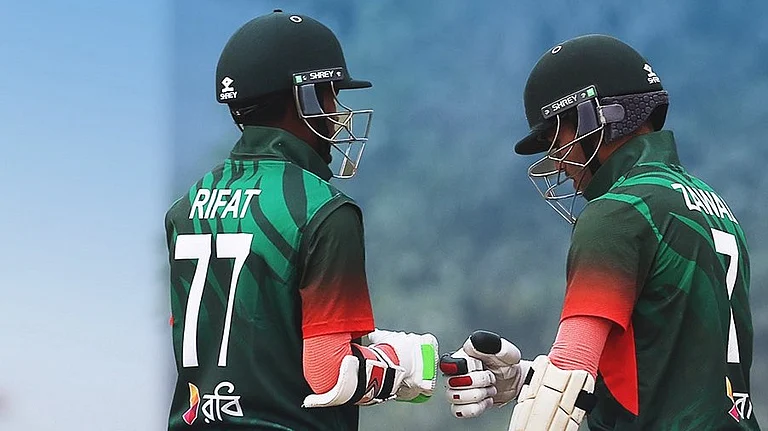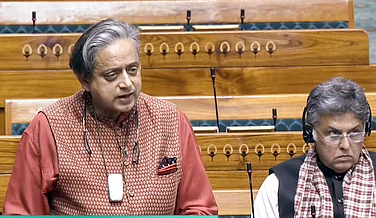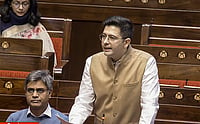Prime Minister Narendra Modi on Tuesday ordered the continuation of Chandrayaan and Gaganyaan missions and set 2040 as the year by when India would land astronauts on the Moon, said Indian Space Research Organisation (ISRO) chief S Somanath.
Somanath further said that Modi also set 2035 as the year by when India would have its own space station.
Modi on Tuesday chaired a high-level meeting to assess the status of the Gaganyaan mission, India's first human spaceflight mission, and the future of Indian space exploration. The Department of Space (DoS) comes under the Prime Minister's Office (PMO).
Chandrayaan is India's moon mission under which three missions have been launched. In the first mission, the presence of ice-water was confirmed on Moon. The second mission was only a partial success as the lander crash-landed. The third mission, however, scripted history as it became the first spacecraft ever to land on the south pole region of the Moon. With that, India also became the fourth country overall to land on the Moon.
Somanath said after the meeting that Modi endorsed the ambitious Indian space programme in the meeting.
"PM Modi told us about the plans for the future. He said that we have to launch man on the moon in 2040. There has to be the first human space flight. He also spoke of Indian Space Station. We have to continue the Chandrayaan Mission and Gaganyaan Mission. So, we have to make new rocket. There was a presentation on all of these. It is a matter of joy that he has endorsed all of these," said Somanath to ANI.
Separately, the PMO in a statement said it has been decided that the Gaganyaan mission, India's first human spaceflight mission, would launch in 2025.
"The Department of Space presented a comprehensive overview of the Gaganyaan Mission, including various technologies developed so far such as human-rated launch vehicles and system qualification...The meeting evaluated the mission’s readiness, affirming its launch in 2025," said the PMO's statement.
The PMO also said that ISRO would now work on a roadmap for lunar exploration, which would include plans for settlements on the Moon, new launch vehicles, and new launch sites.
"The Department of Space will develop a roadmap for Moon exploration. This will encompass a series of Chandrayaan missions, the development of a Next Generation Launch Vehicle (NGLV), construction of a new launch pad, setting up human-centric Laboratories and associated technologies," said the PMO, adding that Modi also encouraged the scientists to work on a Venus orbiter and a Mars lander.
Lately, with the launch of Aditya-L1, India's first solar mission, India is on its way to transitioning from an Earth-centric space programme to one that focuses on science and research element of the space and exploring the celestial bodies.


























